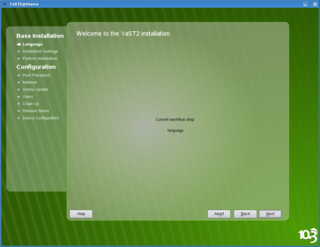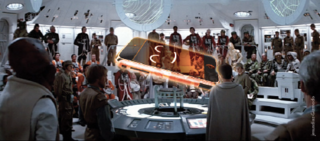The KDE Community is happy to announce the immediate availability of the second release candidate for KDE 4.0. This release candidate marks the last mile on the road to KDE 4.0.

While progress on the quality and completeness of what is to become the KDE 4.0 desktop has been great, the KDE Community decided to have another release candidate before releasing KDE 4.0 on January, 11th. The codebase is now feature-complete. Some work is still being done to put the icing on the KDE 4.0 cake. This includes fixing some major and minor bugs, finishing off artwork and smoothening out the user experience.
With this second release candidate, the KDE developers hope to collect comments and bug reports from the wider KDE community. With their help, we hope to solve the most pressing problems with the current KDE 4 codebase to ensure the final 4.0 release is stable, usable and fun to work with. We would like to encourage anyone who is willing and able to spend some time on testing to find and report problems to the KDE developers. It is recommended to have a current snapshot of the codebase handy. That makes trying things easier, it also helps the process by not having to hunt down bugs that have already been fixed and makes it easier to test patches proposed by developers.
More Here (with screenshots)


 Two days ago Adobe has released the final version of its Flash Player Update 3, an important update that brings several new features:
Two days ago Adobe has released the final version of its Flash Player Update 3, an important update that brings several new features:

 ÐналитичеÑÐºÐ°Ñ ÐºÐ¾Ð¼Ð¿Ð°Ð½Ð¸Ñ
ÐналитичеÑÐºÐ°Ñ ÐºÐ¾Ð¼Ð¿Ð°Ð½Ð¸Ñ 
 When your computer needs to run programs that are bigger than your available physical memory, most modern operating systems use a technique called swapping, in which chunks of memory are temporarily stored on the hard disk while other data is moved into physical memory space. Here are some techniques that may help you better manage swapping on Linux systems and get the best performance from the Linux swapping subsystem.
When your computer needs to run programs that are bigger than your available physical memory, most modern operating systems use a technique called swapping, in which chunks of memory are temporarily stored on the hard disk while other data is moved into physical memory space. Here are some techniques that may help you better manage swapping on Linux systems and get the best performance from the Linux swapping subsystem.